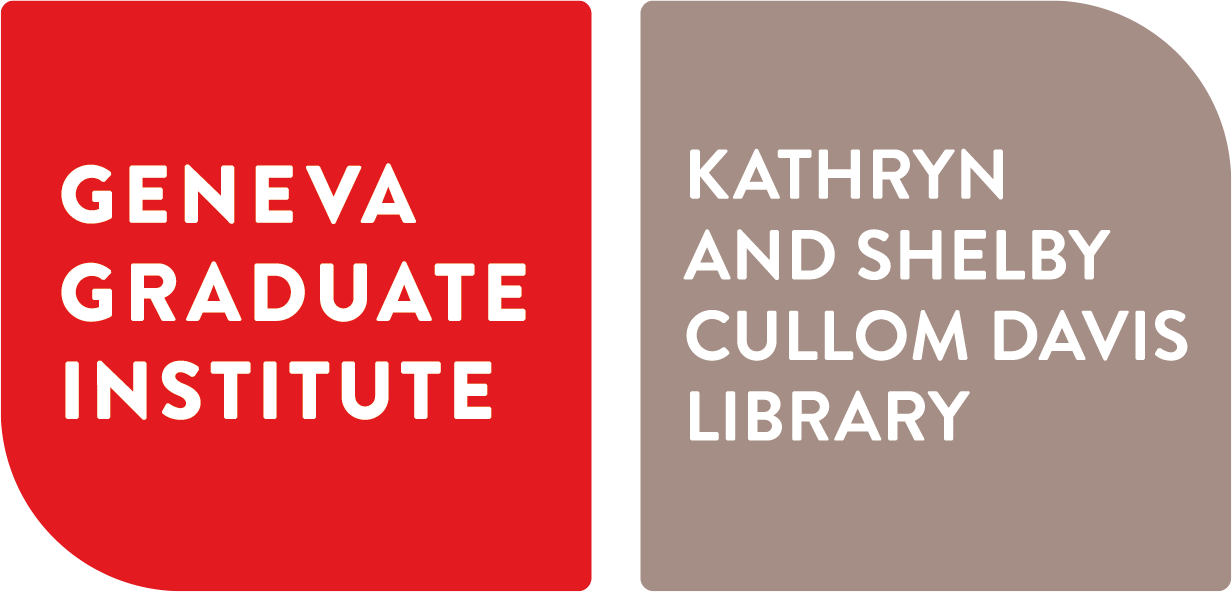Files
Abstract
Through multi-sited ethnography, the author analyses the practices of Palestinian planners and, more broadly, the language of representation in the context of Israeli settler colonialism. The study explores the history of Palestinian planning, emphasising the administrative and regulatory frameworks that have shaped Palestinian urban designs and traces the emergence and management of the Palestinian ministerial geospatial dataset. The findings are examined through a linguistic lens, revealing in rich detail the semantic strategies employed by Palestinian engineers against the backdrop of existing inequitable power relations with Israel. The author discusses the significance of the geodetic signs and colours utilised by Palestinian civil engineers and planners, suggesting that their expertise and commitment to objectivity serve as forms of aesthetic activism. While ethnographically investigating the potential for boundless imagination in Palestine, the author conceptually unveils how orthographic representations of future Palestinian lives are constrained at the level of syntax—geospatial dataset. The author also explores how Palestinian master plans in contact with the Israeli Administration inadequately reflect the realities of surveyed Palestinian land, and as such, they cannot support the futures envisioned by planners. This thesis argues that Palestinian logic and creativity are not safeguarded by intuition, resulting in either a lack of representation or a drift into unrestrained imaginative excess. Nevertheless, through this thesis, the author demonstrates how planning practices in Palestine contribute to fortifying their epistemology, institutions, and the horizon of a conceivable future.
